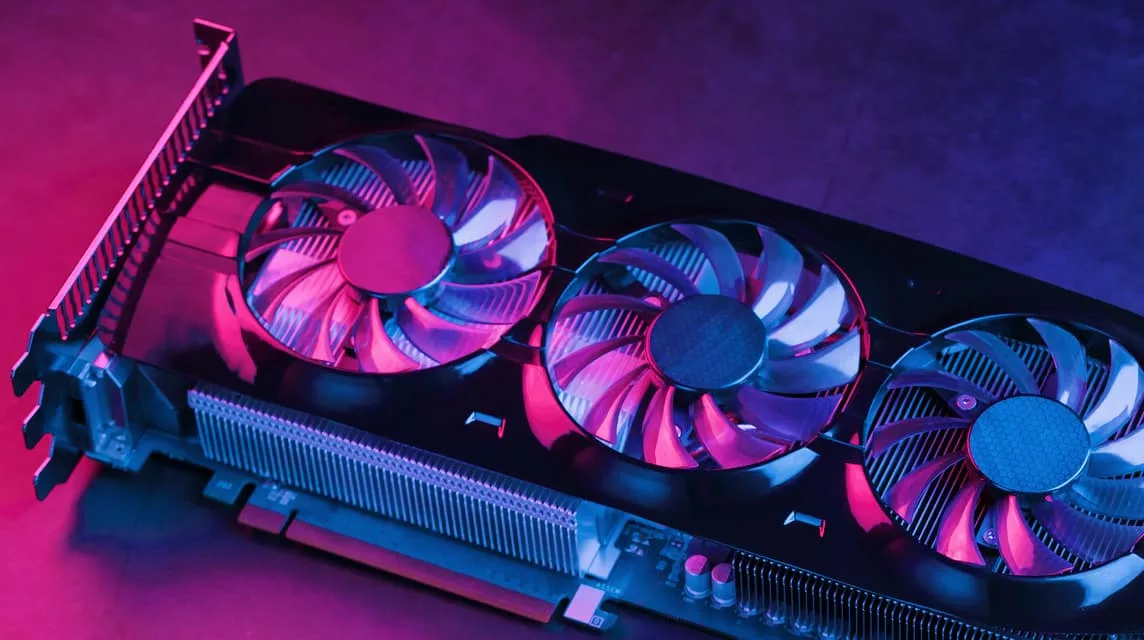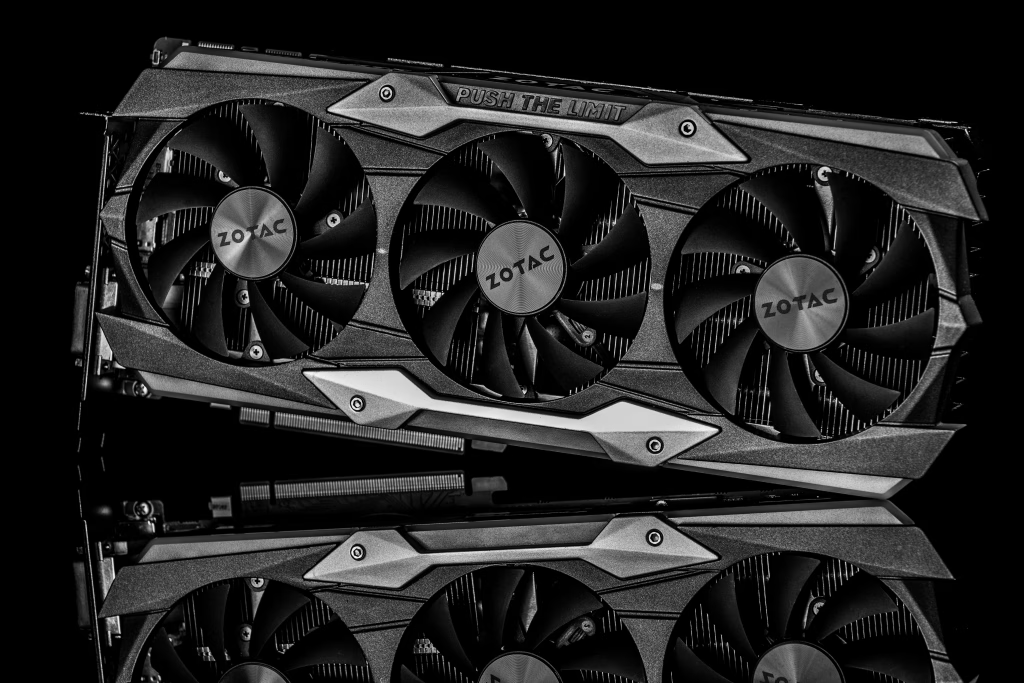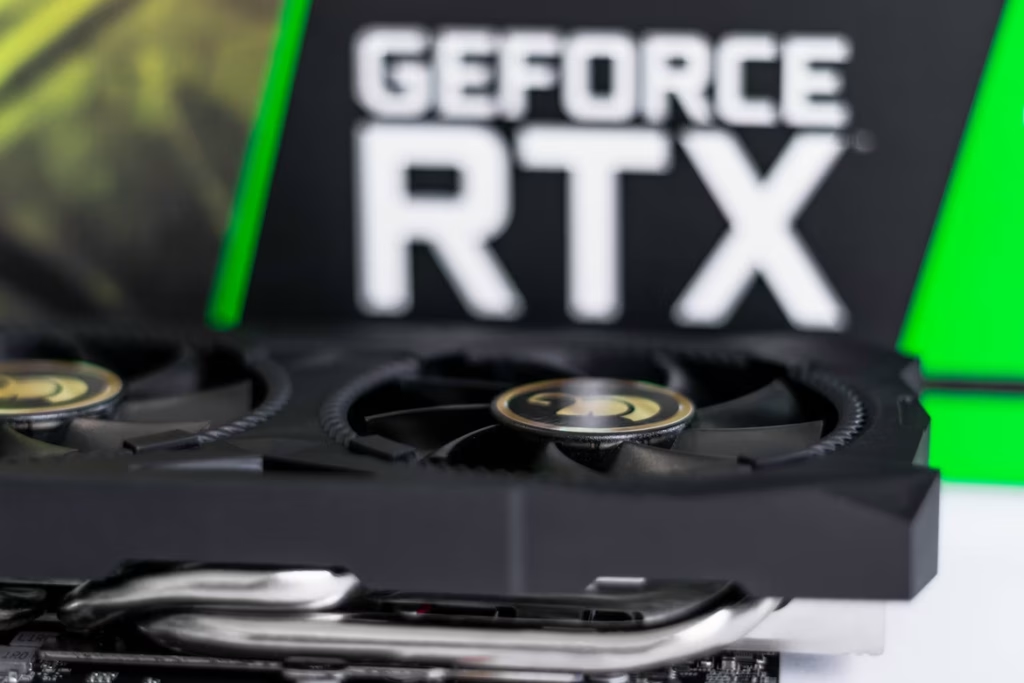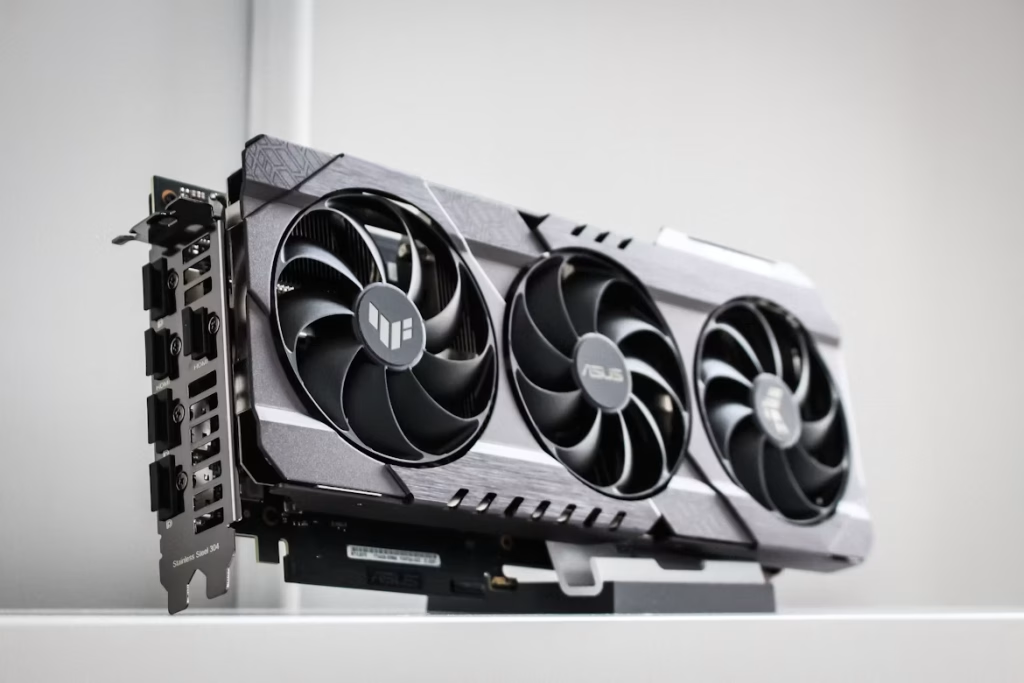How hot is too hot for your GPU? If you play games on your PC or render images and videos, then I’m sure you know heatsinks are getting worse for graphics cards nowadays. With growing demands and sophisticated technology, GPU temperatures rose and now it has become an aching problem for several gamers. So now we are left wondering, “What should graphics card temperature be?”
I know all the numbers and rising GPU temps can look scary, and leave you wondering if your graphics card is slowly cooking itself to death. But fear not, my dear friend. I am here to tell you everything you need to know about graphics card temperatures.
Figuring out GPU temperatures can be both simple and complex. So if you are starting to feel the heat, join me as I find out how hot should graphics card get and break down how to keep your GPU running smoothly without throttling or damage.
Understanding Graphics Card Temperatures
Not sure what temperature your GPU should run at normally? Well, it actually varies depending on what you are doing. Always remember this: the temperature of your graphics card is directly related to the intensity of your workload because high-density tasks push your hardware to the limit.
But before we dive deeper, let us define what GPU temperature actually means. Basically, it’s your GPU’s heat measurement that needs to remain within a thermal margin so that it stays safe and operational. This can also help to prevent hardware damage and thermal throttling (we’ll get to that in a hot minute).
While most graphics cards nowadays have in-built fans, air-cooling features, and even water cooling, constant exposure to high temperatures can cause serious damage to your graphics card in the long run, such as damaged internal components, weakened thermal paste, and faster fan wear. In fact, when ignored for a long time, an overheated graphics card can even permanently damage your hardware. This is why airflow management and cooling in your PC case is extremely important for keeping the temp down.
The fact is, thermal throttling can lead to severe performance issues, like delayed processing speeds or reduced frame rates. This can make your graphics card reduce its clock speed by default simply to prevent damage.
What is Thermal Throttling?
It’s your GPU’s internal mechanism triggered by extreme performance (like gaming or rendering) and overheating to prevent potential lasting hardware damage. Thermal throttling allows your graphics card to protect itself by cooling down, which can lead to poor performance, lag, stuttering, and lower FPS. However, this only occurs if your GPU’s internal temperature exceeds the thermal margin. Basically, thermal throttling is a default safety feature.
On a quick note, the ideal temperature for your GPU at 100% usage and at default speeds should be between 85-90°C (185-194°F). However, most modern GPUs have a thermal limit around 95-105°C (194-212°F), which is hotter than it needs to be and paves the way for the GPU to start thermal throttling to protect itself.
Signs Your GPU is Running Hot
When your GPU starts to heat up, it probably won’t make a grand announcement to give you a clear warning. Instead, you might notice a few subtle yet telling signs that your graphics card is struggling with excessive heat, such as:
- System instability: Unexpected crashes or sudden shutdowns during intense activities like gaming or video editing.
- Excessive fan noise: As your GPU heats up, the cooling system will ramp up the fan speed, resulting in louder and more persistent noise than usual.
- Visual glitches: Screen glitches, artifacting, or flickering start manifesting as overheating affects your graphics card’s ability to perform correctly.
- Dips in performance: Lower frame rates or stuttering during demanding tasks, often caused by thermal throttling.
When you are aware of and identify these signs early on, you will be able to better manage your graphics card’s health.
What Makes Your GPU Heat Up?
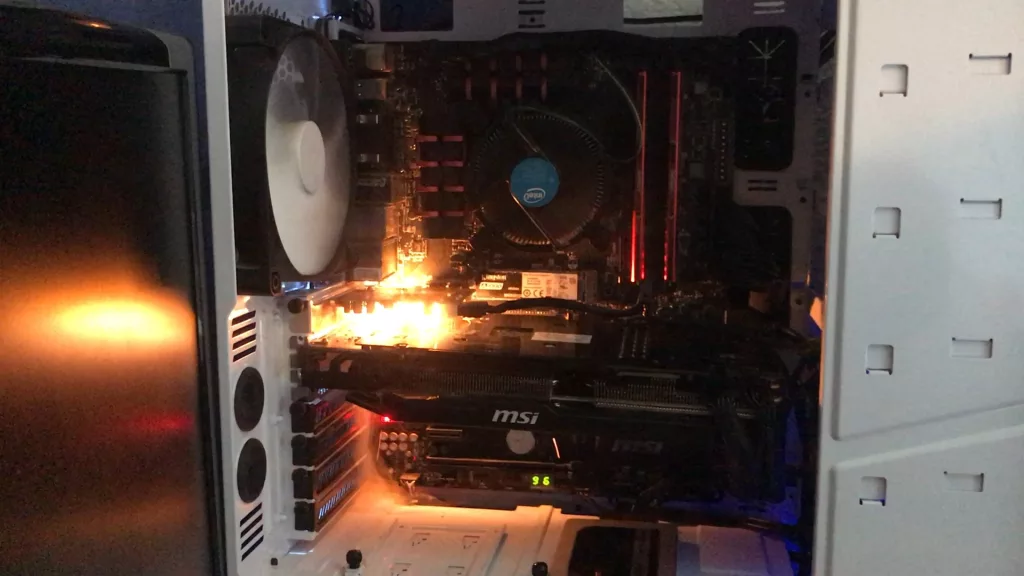
There are multiple factors at play here. A whole bunch of contributing factors result in an overheated GPU, including:
- GPU-Dependent Games: Some games heavily rely on your GPU for their performance.
- Cooling System Quality: The effectiveness of the GPU’s cooling can adversely affect performance.
- Ambient Temperature: The temperature inside your PC casing can also negatively impact GPU efficiency.
- Case Quality: A poorly ventilated PC case can seriously bring down your GPU’s performance.
- Dust Accumulation: Dust buildup in your GPU can hinder cooling, performance, and efficiency.
- Aging PC: If you have an older system, then it will likely struggle to keep up with modern demands.
- Airflow Quality: Effective airflow is absolutely important for optimal GPU cooling.
- Fan Functionality: If your system fans are not functioning properly, then overheating issues will be common.
- Bottlenecking: Other system components can also limit your GPU’s performance.
- Old Thermal Paste: Worn and weakened thermal paste will surely reduce the GPU’S heat transfer efficiency.
What Should Graphics Card Temperature Be?
While I can give you some arbitrary numbers, the truth is there is no “one-size-fits-all” answer here. What should graphics card temperature be depends entirely on your GPU’s model and manufacturer (like AMD and Nvidia), your cooling system, your case airflow, and even your ambient temperature. The optimal GPU temperature for my GPU may be drastically different from yours.
However, as a general rule of thumb, the standard and acceptable GPU temperature lies somewhere between 85-90°C (185-194°F) on average. But if you ask me, I think 90°C is still stretching it beyond the comfort zone, especially for gaming, and going beyond 90°C is like willingly setting your PC on fire.
If it helps, these are the general guidelines I live by:
| GPU Status | Celsius | Fahrenheit |
| Idle Temperatures | 30-45°C | 86-113°F |
| Gaming Temperatures | 65-85°C | 149-185°F |
| Stress Test Temperatures | 70-87°C | 158-189°F |
| Danger Zone | Above 90°C | 194°F |
But as I said earlier, it depends on a lot of different factors and what condition your PC is in overall. Recent graphics cards are designed to deal with temperatures running up to 85°C smoothly and without any immediate risk. So, there are no hard and fast rules when it comes to what the graphics card temperature should be.
I’ve seen RTX 3090s happily running at 85°C all day without any issues, and I’ve also seen older cards start throttling at 82°C. The key is understanding your specific GPU’s thermal behavior.
AMD GPUs are generally known to run hotter than Nvidia GPUs, but this difference doesn’t necessarily mean they overheat faster. AMD GPUs often have higher power consumption and may require more robust cooling solutions, but they also have higher performance in some areas. Also, a large part of this reputation is past track record. AMD’s Vega GPUs ran insanely hotter vs. Nvidia cards. Polaris was much better, I still remember getting the RX 580 and getting mind-blown with those temps. It was still hotter on average than the Nvidia equivalent. More recently, particularly after RX 6000, AMD has tamed this in a much better way, and there’s way less power/heat wastage now. Still, if an AMD card is getting above 100°C regularly, it could be fine. But if your Nvidia card is getting over that threshold, something is probably wrong.
Graphics Card at 80 Degrees: Friend or Foe?
Mmmm, if I had a penny for every time I’ve heard that question, I’d be rich by now. But let’s do this one more time. A graphics card at 80 degrees is perfectly fine. In fact, it’s right in the sweet spot for many modern GPUs under gaming loads. However, that does not mean you shouldn’t monitor and investigate your GPU temperatures constantly, especially when it’s operating at max load. Moreover, you can always improve your cooling system to improve the performance and longevity of your system.
But that does not mean your graphics card at 80 degrees can’t prove to be a problem. A GPU at 80°C can become a problem when:
- It’s hitting 80°C during a light gaming session or while playing non-demanding titles
- Your graphics card’s temperatures increased gradually over time, even though it used to run cooler
- You’re experiencing performance dips, stutters, glitches, or crashes due to high temps
- Your fans are maxed out and screaming just to maintain 80°C
Here, the context actually matters more than the number itself. In my honest opinion, 80°C is more than acceptable, but if it reaches 85°C, then I would probably start to worry a bit.
Graphics Card at 100 Percent Load: Is It Really That Bad?
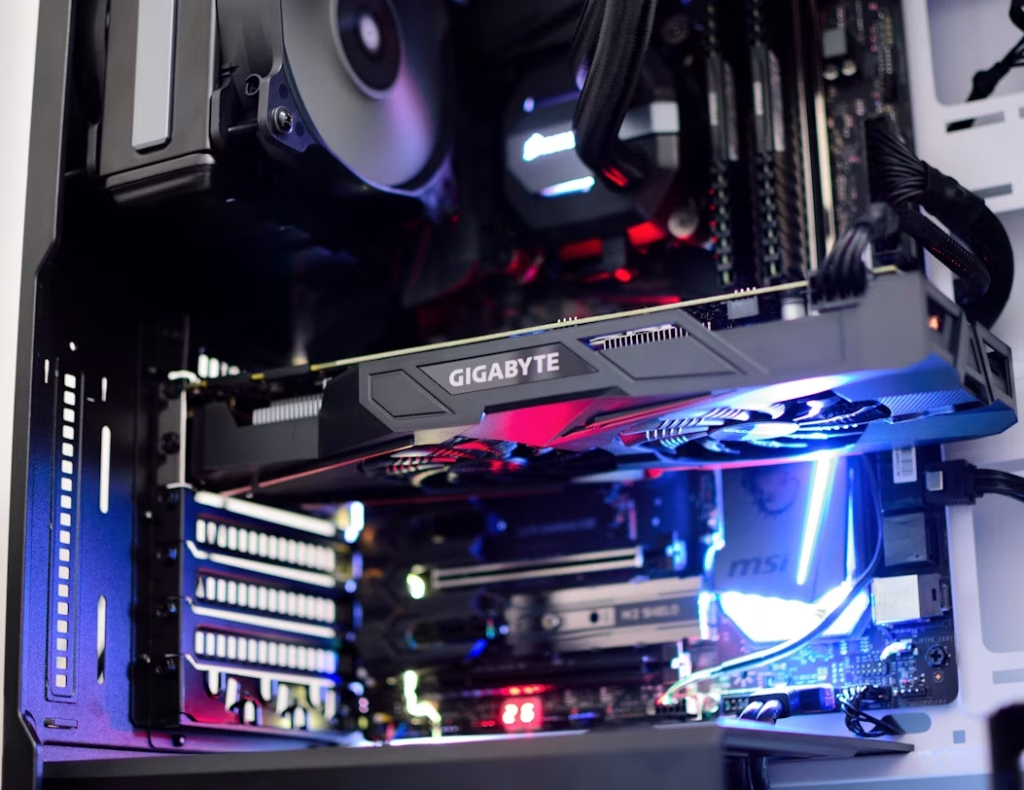
Alright, let’s get to the real deal. Is your graphics card at 100 percent load during gaming or other intensive tasks really damaging to your system? To put it simply, it’s generally normal, acceptable, and safe as your GPU is functioning at maximum capacity to render visuals and graphics. But if your GPU keeps working at max load repeatedly, then it can result in overheating issues, loud fans, and higher power consumption for no reason.
However, according to some users on online forums, 100% GPU utilization can make the system heat up and may even shut down the PC. Some other users also believe that a graphics card should be utilized as little as possible to run a game, as it can lead to throttling and stuttering. I think if you keep your PC clean and make sure your fans work properly, a graphics card at 100 percent load should not be a big of a deal.
When 100% GPU Usage Is Normal
First things first, 100% GPU usage isn’t necessarily a bad thing. In fact, this is exactly how you want it to function. Your graphics card is an expensive piece of hardware designed to work hard.
Here is when graphics card at 100 percent load is just right:
Gaming
When you are gaming, your GPU should hit 100% usage so that you can experience every frame per second. I mean, you paid just for this, right? If the GPU is only at 70% usage, for instance, then it simply means you’re probably CPU-bottlenecked.
Content Creation
Alright, so I do a lot of video editing using Adobe Premiere Pro and even 3D rendering in Blender, which puts 100 percent load on my graphics card. And this is exactly what your GPU was designed for – boosting your workflow and saving you time.
Cryptocurrency Mining
Back when mining was profitable, 100% GPU usage around the clock was the whole point. You wanted maximum hash rates, which meant maximum utilization. It was the VRAM utilization, but the main counter is for the whole graphics card including the GPU + VRAM, so it hits 100% in the Task Manager’s main usage column.
When 100% GPU Usage Can Be Troublesome
Now here’s when your maxed-out GPU usage can be a cause for concern:
Idle Desktop Usage
Is your GPU usage at max even when you are simply scrolling through Reddit? If you see 100% GPU usage when your computer is being actively used, then it may be a red flag. Check the GPU tab on your Task Manager to see what’s hogging resources. Is it a background mining malware?
Older or Less Demanding Games
If your graphics card is heating up while playing CS2 or League of Legends, then you might have some driver issues that you should look into. There just might be some background processes interfering.
Overheating or Throttling
Are your frame rates dropping when your GPU functions at max load? Such performance issues might be caused by thermal throttling. So don’t just monitor your GPU usage, check the temperature too.
CPU Bottlenecks
Sometimes, max GPU usage leading to poor performance might indicate that your CPU can’t keep up. While your graphics card may be doing its best, it may still be stifled by an overwhelmed processor.
So the context is crucial here. If 100% usage when you’re doing nothing intensive is affecting your GPU’s performance, then it’s definitely time to wake up and smell the coffee.
How to Manage Your GPU’s Temperature
While you may find tons of tips on managing your GPU’s temperature out there on different sites and forums, here’s what works for me personally:
Daily Monitoring
Use MSI Afterburner. Why? It’s the best free software for fine-tuning your GPU performance, especially when you are into gaming and demanding tasks. It lets you monitor and overclock your graphics cards and helps you get real-time feedback through an on-screen display, without being intrusive. You can also adjust core clock, memory clock, voltage, and fan speeds. So every time you observe the temperatures rising, you know it’s time for action.
Monthly Maintenance
Make sure to check for dust buildup once every month and intentionally clean your dust filters. In fact, I do a thorough case cleaning every three months. You can add years of health and life to your GPU and hardware with simple, regular maintenance.
Seasonal Adjustments
During summer, you can reduce the potential for overheating by increasing your case and CPU fan curves. In fact, sometimes I undervolt my GPU just a tad bit to reduce unnecessary and excessive heat. During the winter season, you can choose to run more aggressive overclocks as cooling is easier.
Takeaway
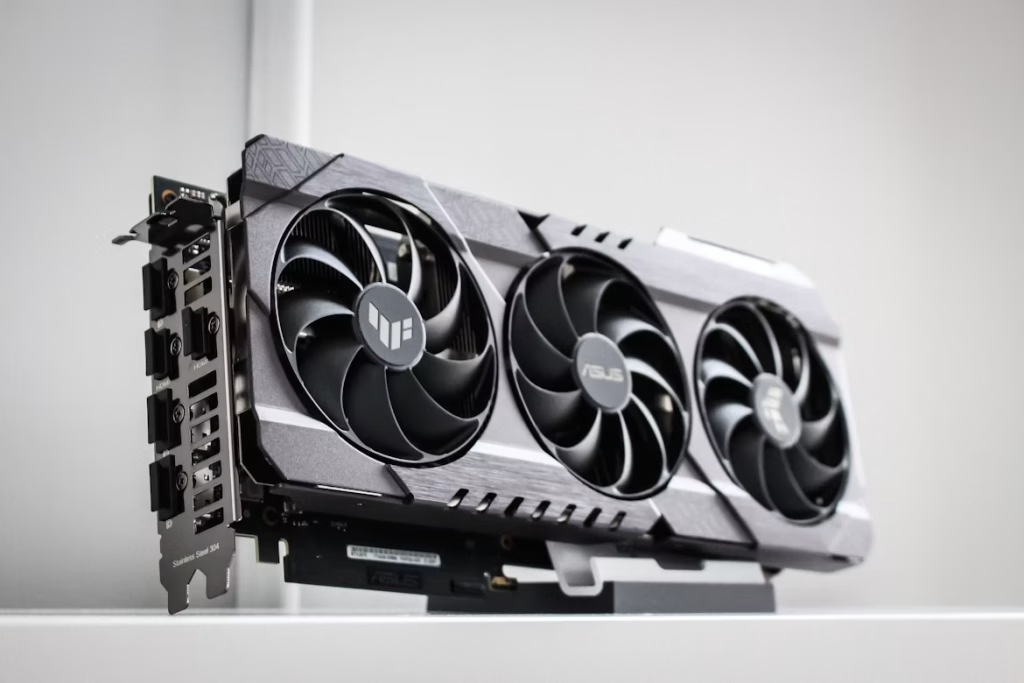
Look, understanding “what should graphics card temperature be” may seem complex, but once you understand the basics, it will not seem that scary. Today, manufacturers are using the latest tech to build GPUs that can stand the test of time and give you the performance you deserve.
A graphics card at 80 degrees isn’t going to explode. And even if the temperature rises to 85°C at 100 percent load, there’s no need for you to panic. Your objective should not be keeping the temperature low; instead, you should be focusing on getting a consistent and predictable thermal performance during your gaming sessions. A GPU running at 80°C steadily is way better than a GPU that constantly fluctuates between 65°C and 90°C depending on usage.
Just keep your system clean, make sure there’s good airflow, and keep monitoring your temps. It’s that simple. Your GPU is tougher than you think. You don’t lose sleep over it. Just take good care of it, and it will make sure you get what you paid for.


